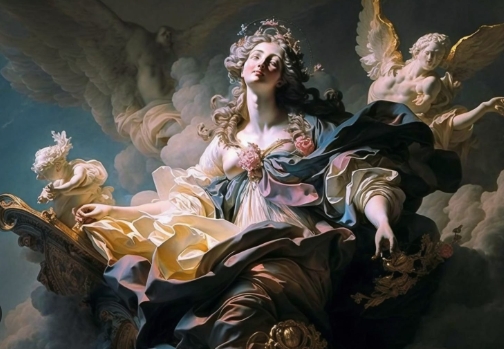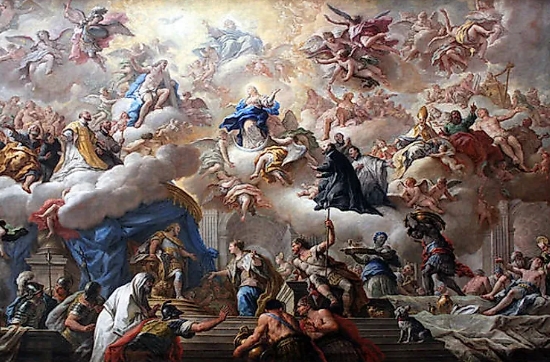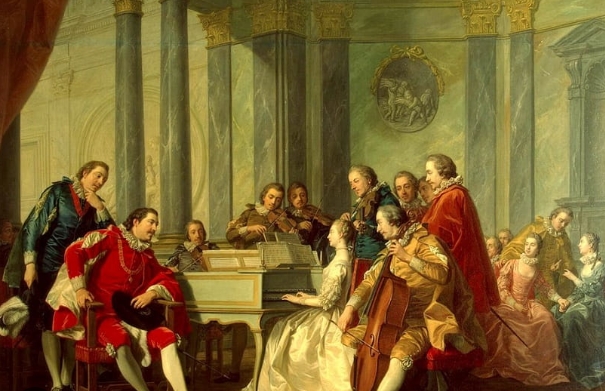Baroque art originated in Italy in the 17th century and spread rapidly throughout Europe over time, becoming one of the most influential art styles of the time. Unlike the aesthetic concept of the Renaissance, which pursued harmony and rationality, Baroque art pays more attention to emotional expression and visual impact. Its characteristics include bold composition, strong contrast of light and shadow, and delicate depiction of details, aiming to impress the audience through complex visual effects.
Baroque art is not only limited to painting and sculpture, but also widely used in architecture and music. Artists create a strong dramatic atmosphere by cleverly using space, light and dynamics. For example, the works of Italian artist Caravaggio are famous for his superb use of light and shadow. He uses light and dark contrast to highlight the emotions and movements of the characters, giving the paintings a very dramatic effect.
There are also many classics in the sculptures of the Baroque period. One of the most famous artists is Bernini from Italy. His sculpture “Apollo and Daphne” not only shows the story of ancient Greek mythology, but also conveys the essence of Baroque art through complex postures and vivid expressions. This work skillfully combines the elegance of ancient Greek sculptures with the dynamic aesthetics of Baroque art, presenting mythological figures to the audience in a realistic form, reminiscent of the classic Greek statue style.
Baroque art, with its unique aesthetic style, occupies an important position in the history of European art and has a profound impact on the development of art in later generations.




